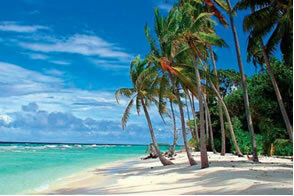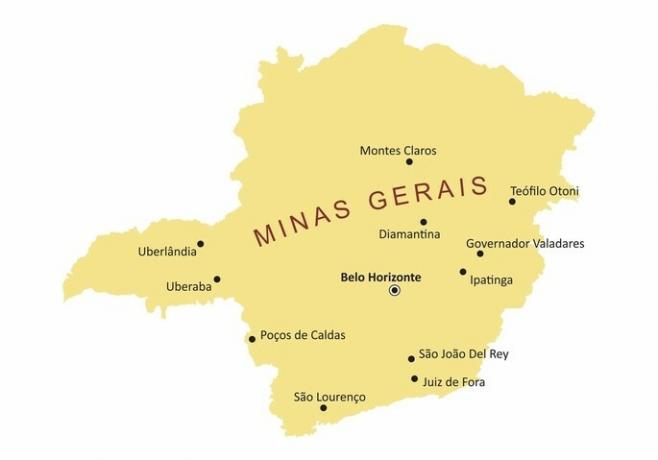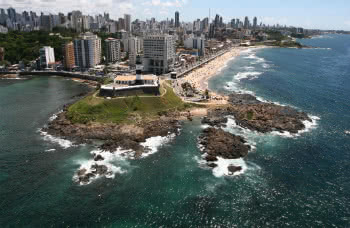Located in eastern Central America, in the Lesser Antilles archipelago, Barbados is one of the ten most densely populated nations in the world, with 679 inhabitants per square kilometer. Its name derives from the scientific name of a very common type of fig tree on the island, the ficus barbata, which is even the symbol of the country.
The country offers a high social standard to the population. It has the highest Human Development Index (HDI) in Latin America and the Caribbean. Most of the inhabitants live in the western part, facing the Caribbean Sea, with white sand beaches and clear waters.

Bridgetown Coast
Due to its natural beauty, Barbados attracts thousands of tourists, and this activity is the main economic source of the country. Sugar production and the financial sector also stand out.
The country gained its independence from the United Kingdom in 1996, and is part of the British Commonwealth, a group formed by the United Kingdom and its former colonies.
Do not stop now... There's more after the advertising ;)

Coat of Arms of Barbados
Barbados Data:
Territorial extension: 430 km².
Location: Central America.
Capital: Bridgetown.
Tropical weather.
Government: Parliamentary monarchy.
Administrative division: 11 parishes.
English language.
Religion: Christianity 97% (Protestants 31.6%, Anglicans 28.7%, no affiliation 24.1%, others 12.6%), others 2.5%, no religion 0.5%.
Population: 255,872 inhabitants. (Men: 124,151; Women: 131,721).
Ethnic Composition: African American 80%, Eurafrican 16%, European 4%.
Demographic density: 679 inhab/km².
Average annual population growth rate: 0.38%.
Population residing in urban areas: 40.28%.
Population residing in rural areas: 59.72%.
Life expectancy at birth: 76.9 years.
Households with access to drinking water: 100%.
Households with access to a health network: 99%.
Human Development Index (HDI): 0.788 (very high).
Currency: Barbados Dollar.
Gross Domestic Product (GDP): US$3,729 million.
GDP per capita: 12,627 of US$.
External relations: World Bank, Caricom, Commonwealth, IMF, OAS, WTO, UN.
By Wagner de Cerqueira and Francisco
Graduated in Geography
Brazil School Team
countries - geography - Brazil School
Would you like to reference this text in a school or academic work? Look:
FRANCISCO, Wagner de Cerqueira and. "Barbados"; Brazil School. Available in: https://brasilescola.uol.com.br/geografia/barbados.htm. Accessed on June 27, 2021.



